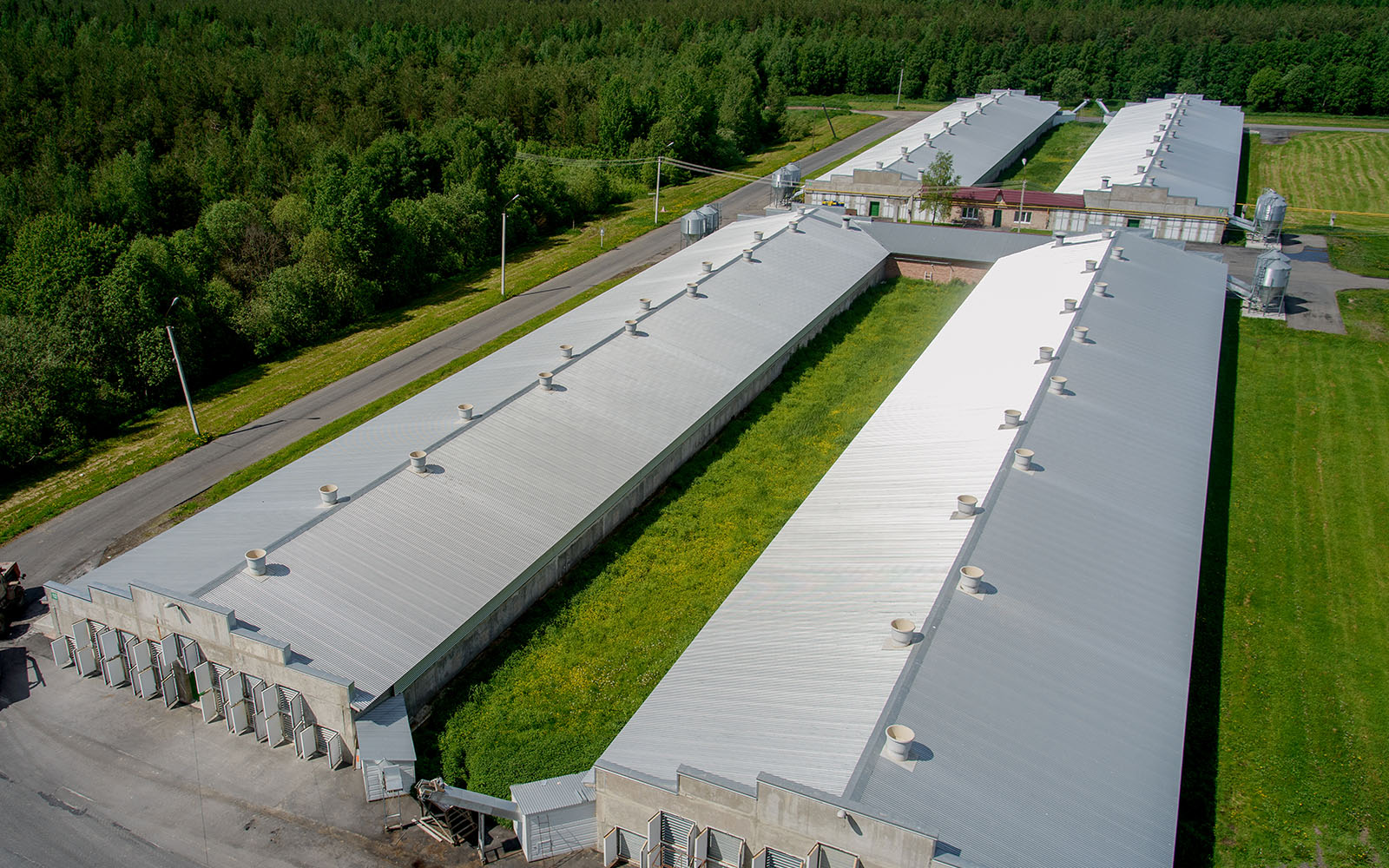Outbreaks of avian influenza (AI), known as bird flu, have now hit multiple provinces. MNP’s Agriculture Services team is monitoring this situation closely and modeling various types of insurance scenarios to help provide meaningful information and support to those who are potentially impacted. Our modeling of AgriStability has shown it is extremely responsive to production losses in the poultry sector.
AgriStability is meant to work together with other types of insurance and support, providing overlapping coverage to protect your balance sheet (e.g., your flock) and income statement (e.g., the ongoing earnings you would expect to receive from your flock, such as typical revenue from poultry and / or egg sales). Our Ag Risk Management Resources (ARMR) specialists are planning a webinar to provide general information about how AgriStability should be used in conjunction with Canada Food Inspection Agency (CFIA) compensation, private insurance (including business interruption), and industry contingency funds to protect both your assets and your income stream.
Poultry sector participation in AgriStability is generally low although governments view AgriStability as the first line of defence for disasters like the AI. We have confirmed Federal and provincial governments are taking additional steps to encourage the poultry sector to sign up and participate in AgriStability for 2022 and future years.
Revenue drop trigger point comparison
The graph above examines the cost structure for various farming sectors and shows how cost structure relates to the responsiveness of the AgriStability program. We highlight the revenue trigger points required to engage AgriStability benefits for various types of farms. Revenue trigger points represent the drop in revenue (through production loss, price loss or a combination of both) required to qualify for AgriStability.
We have found revenue trigger points are easier for producers to relate to than margin trigger points because most farm disasters have a significant revenue loss component. Note the poultry sector is included in Group 1 and is one of the sectors that AgriStability is most responsive for, requiring very low revenue drops to engage benefits. In disaster circumstances, cost savings may partially offset drops in revenue, thereby requiring higher revenue drops to engage benefits than displayed on the graph.
Each farm’s situation (including the length of time impacted by a disaster and potential cost savings) is unique, but once the composition of the reference margin (eligible expense and eligible revenue) is known, current numbers can be projected for various disaster situations to determine AgriStability payment potential.
AgriStability revenue drop trigger point FAQ for the poultry sector
Doesn’t AgriStability require a 30-percent revenue drop for a poultry farm to trigger benefits?
Answer: No, the 30-percent drop advertised by the AgriStability Program is a drop relative to something called your reference margin. The revenue drop required varies depending on the type of farm and cost structure. Revenue drop percentages are labelled along the line graph with very low revenue drops in the bottom right-hand corner (represented by Group 1, which includes poultry farms) and higher revenue drops on the left-hand side of the graph.
Where would poultry farms fit on this graph and what kind of revenue drops would they require to trigger AgriStability benefits?
Answer: Poultry farms are part of Industry Sectors, Group 1 (farms with a high-cost structure) and can be found on the bottom right-hand side of the graph. The poultry farms we have modeled require a revenue drop of approximately 7.5 percent for a layer operation and approximately 10-to-12 percent for a broiler operation to trigger AgriStability benefits. Moving to the left on the graph, other sector groups require much higher revenue drops than poultry farms to trigger benefits. AgriStability is extremely responsive to revenue drops for poultry farms.
What difference does knowing the revenue drop required to trigger AgriStability benefits make for my poultry farm?
Answer: It is critical you know and understand what level of revenue drop is required, as well as what risks might contribute to a revenue drop for your operation to make a proper decision on AgriStability participation. Once it is understood the program is responsive for revenue drops in the poultry sector and is also the most cost-effective type of insurance available to poultry operations, including AgriStability as the foundation of your business risk management strategy will makes financial sense.
Next Steps:
Enrol for participation in the 2022 AgriStability Program:
- The official deadline is June 30, 2022.
- If you are already participating in AgriStability for 2021 and have suffered an income loss, you will automatically receive the protection that this program provides. There are no additional enrolment requirements.
- If you have never participated in AgriStability or have previously opted out, you will need to complete New Participant forms. These requirements vary by province, so do a search on AgriStability and your province of residence to find the appropriate instructions for you.






